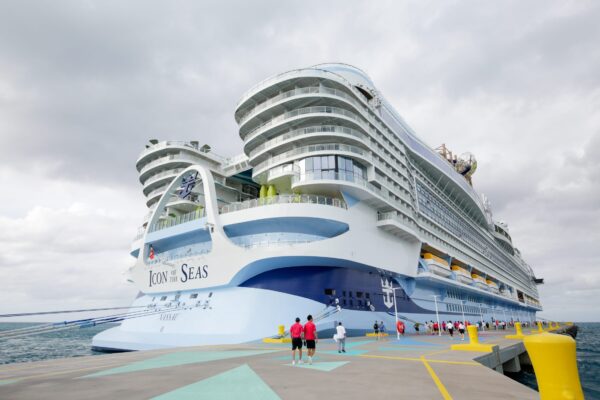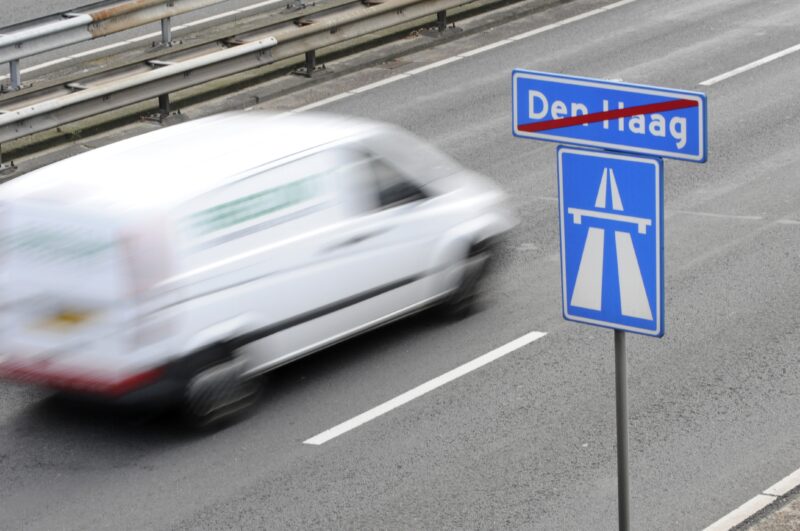- The bacteria that cause a rare, deadly disease were previously thought to be imported to the US.
- But a series of US melioidosis cases suggest it has been living in US soil for years.
- Warming linked to climate change may have made the Gulf Coast more hospitable, an expert said.
A microbe behind the rare but potentially deadly disease melioidosis has been found in US soil and water for the first time, the CDC said on Thursday.
The bacteria, which was thought to live only in tropical and sub-tropical countries, may in fact have been living undetected in US soil for years in states including Mississippi.
Climate change may have played a role by making the soil in the Gulf Coast more hospitable for the bacteria, a CDC expert said.
A bacteria in US soil
Burkholderia pseudomallei, which causes melioidosis, can infect humans through broken skin, inhalation, or ingestion, per a 2018 review. But human-to-human transmission is very rare, so it needs to grow in the soil and groundwater to survive.
Experts considered US soil inhospitable for the bacteria, which are known mostly to live in tropical and subtropical regions like South and Southeast Asia, northern Australia, and parts of Central and South America.
But two recent cases — in 2020 and 2022 — could not be linked to travel. The people lived within ten miles of each other, in southern Mississippi near the Gulf of Mexico.
This rang alarm bells with the CDC. A further investigation found the bacteria present in the soil and water in the area, and concluded that they likely caused the infections.
Climate change may be to blame
It's impossible to know for sure how long the bacteria may have been in US soil. Testing for soil-dwelling bacteria is usually limited.
But they may have been present for a long time. Two older cases, reported in Texas in 2004 and 2018, could also not be linked to travel. Both lived along the Gulf Coast, said Julia Petras, CDC bacteria expert who described the cases to STAT News.
Climate change may have changed the soil in the US to make it easier for the bacteria to thrive, Petras said.
Steady changes to the climate in the US has increased the risk of freak weather events and changed rainfall patterns — both of which are linked to outbreaks of the bacteria, a 2022 academic review found.
The CDC said it didn't know if the bacteria might also be present elsewhere in the US.
The risk to the general population remains low
"This is a big deal because clinicians generally speaking only consider melioidosis in patients who have recent travel to an endemic area like Thailand, South Asia, Australia," Petra told STAT.
Melioidosis is very rare, but can be very dangerous. Between 10 and 50% of those infected globally die after infection, per the CDC.
However, treatment with antibiotics can help reduce the risk, per the CDC. Both the 2020 and 2022 cases survived after treatment.










